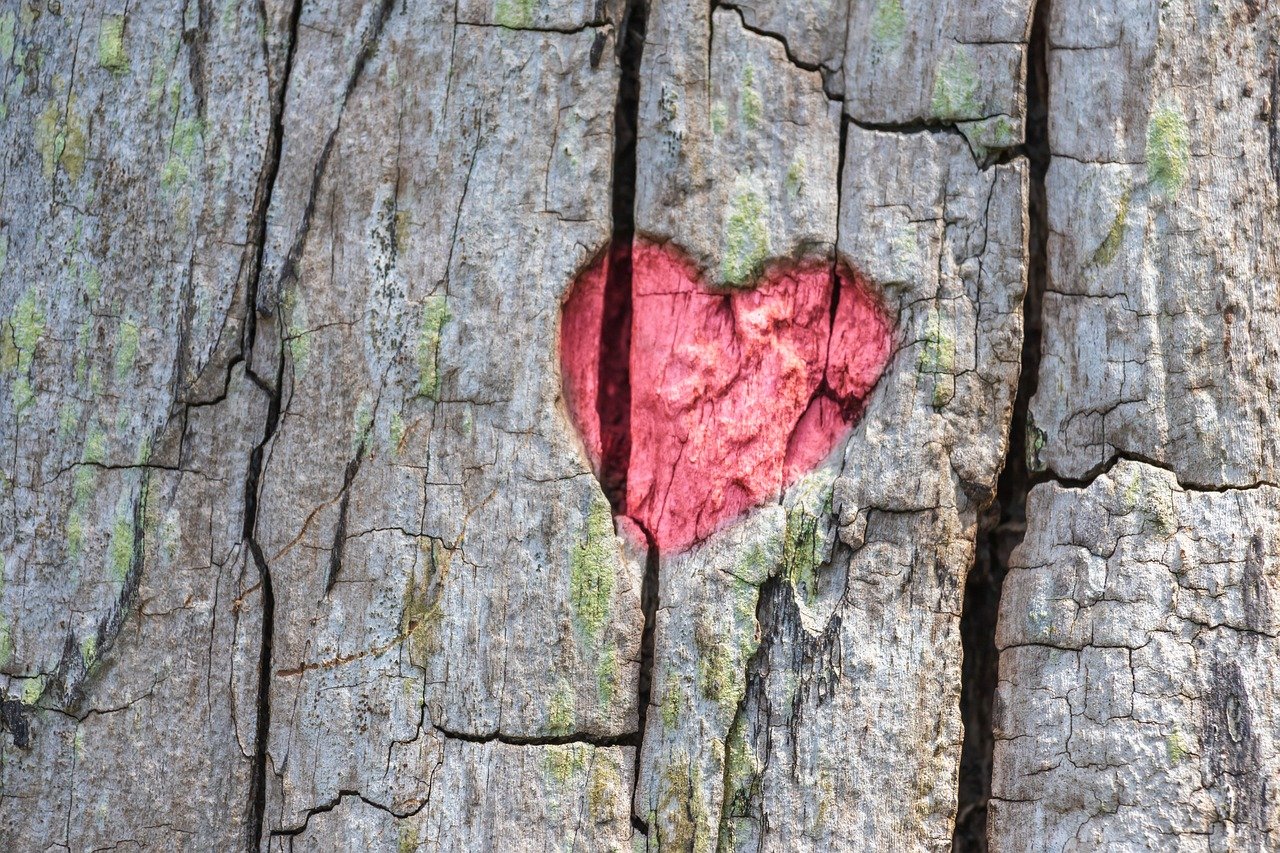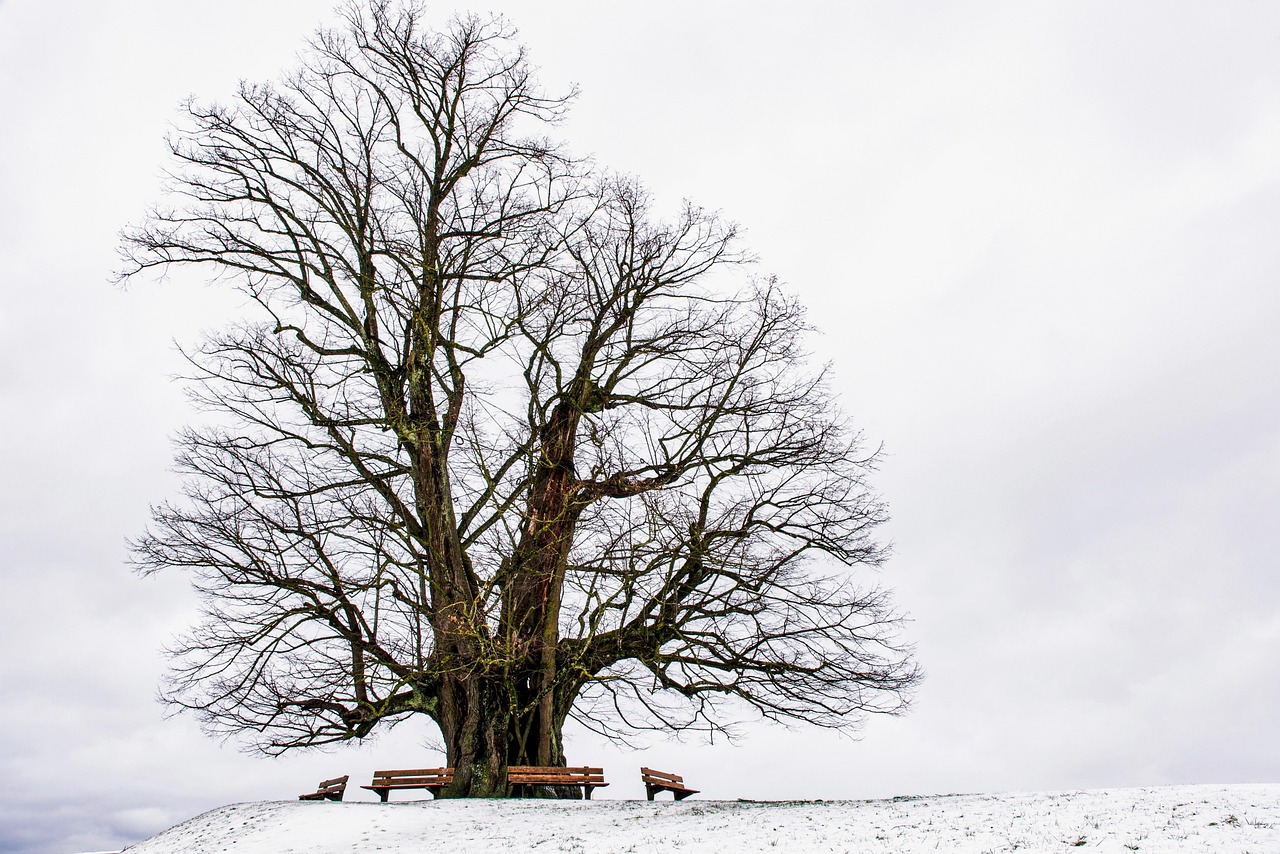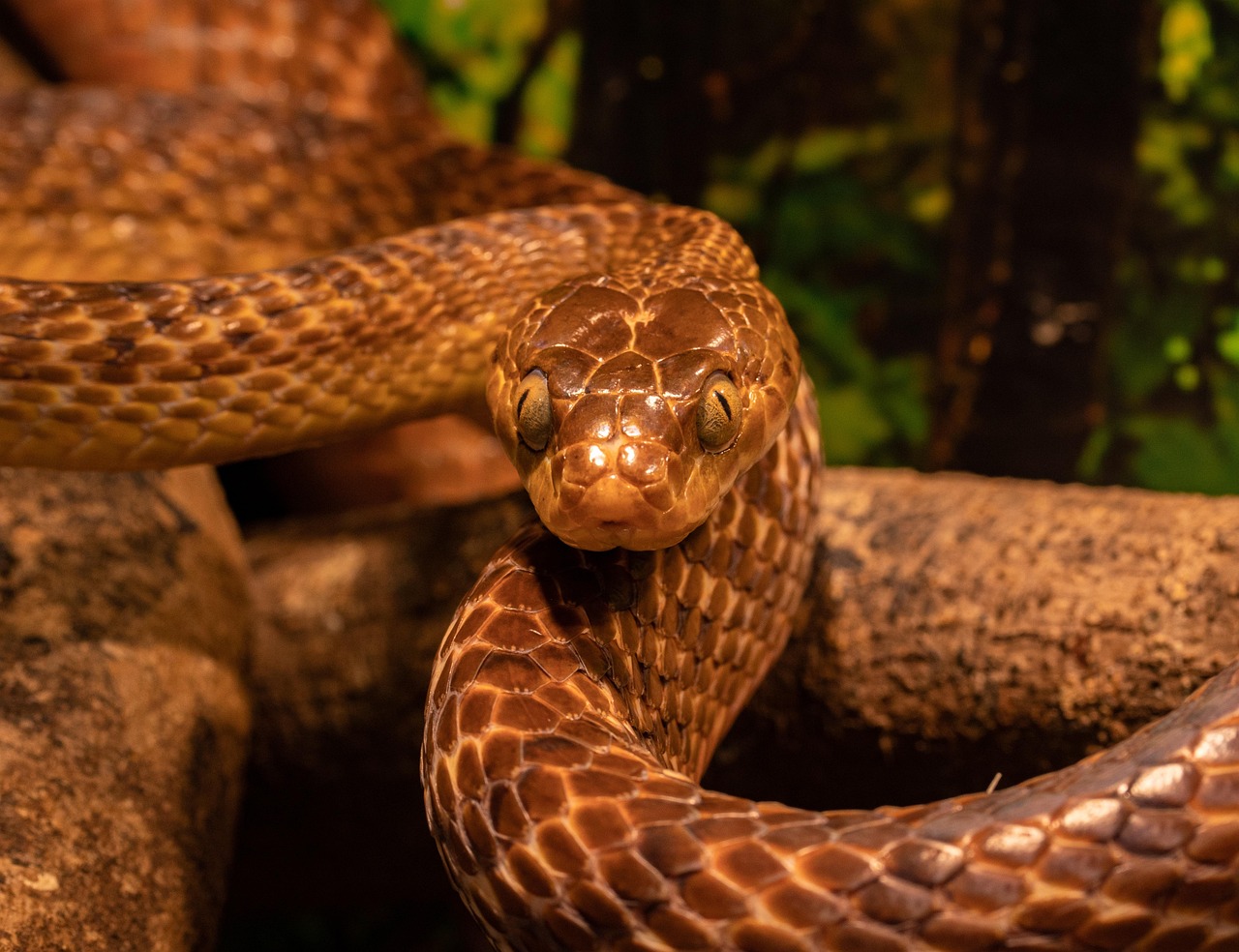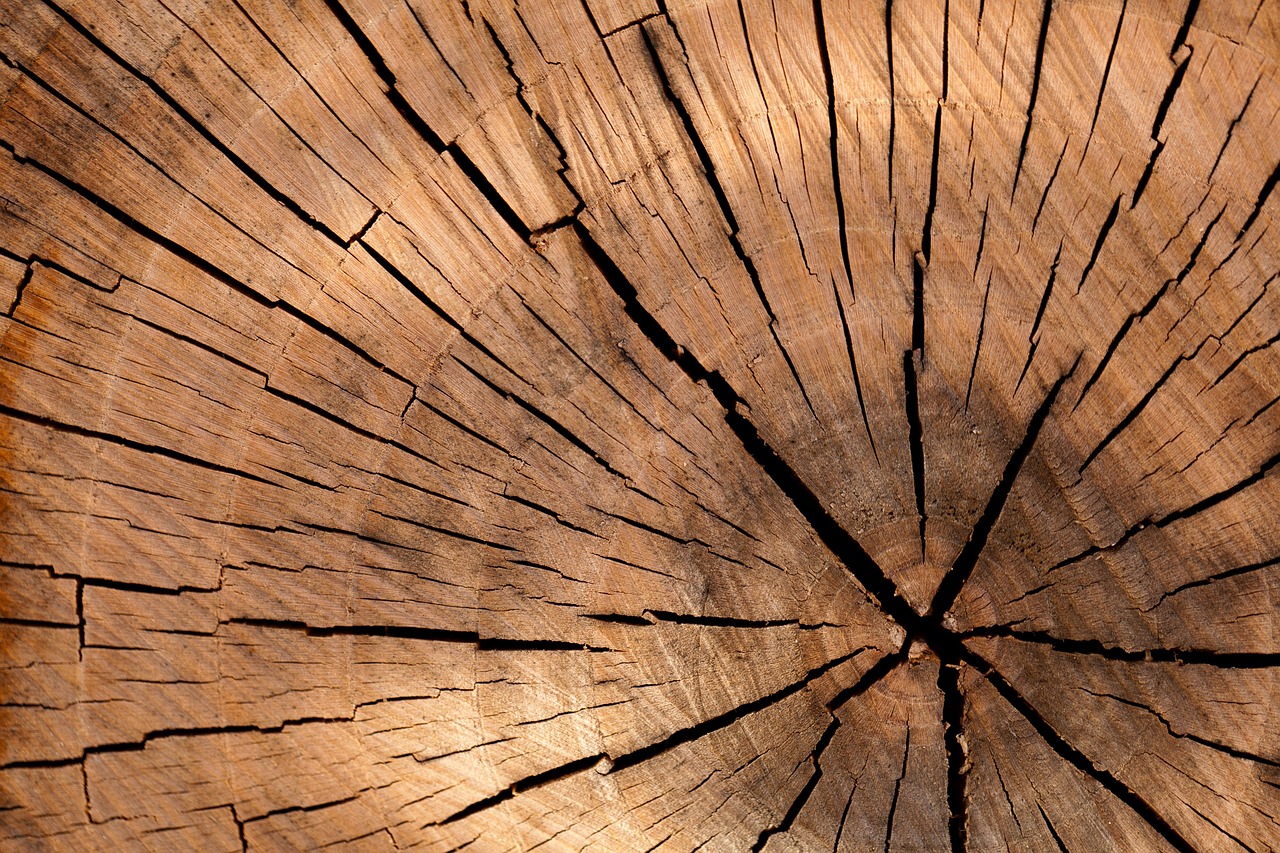Sassafras trees grow at a moderate rate, typically reaching heights of 30 to 60 feet. They can add about 1 to 2 feet in height per year under optimal conditions, making them valuable for both wildlife habitats and timber production.
Sassafras Trees: An Overview
The sassafras tree, known scientifically as Sassafras albidum, is a deciduous tree native to North America. It is recognized for its unique aromatic leaves and distinctive yellow-green bark. Sassafras trees thrive in a variety of soil types but prefer well-drained, moist environments. They are commonly found in forests, along roadsides, and in open fields. The sassafras tree plays a significant role in both wildlife habitats and timber production, making it an important species to understand.

The growth rate of sassafras trees is influenced by several factors, including soil quality, moisture levels, sunlight exposure, and competition from other plants. Understanding these factors is crucial for managing these trees effectively for wildlife and timber purposes.
Growth Characteristics
Sassafras trees exhibit some unique growth characteristics that make them particularly interesting for both ecologists and forestry professionals. Their growth can be categorized into several stages:
- Seedling Stage: During the first few years, sassafras trees establish their root systems. This phase is critical for future growth.
- Juvenile Stage: After about 3 to 5 years, trees begin to grow more rapidly. They develop a more defined trunk and canopy.
- Mature Stage: At approximately 15 years old, sassafras trees reach maturity. They can live for 100 years or more if conditions are favorable.
Factors Influencing Growth Rate
The growth rate of sassafras trees can vary significantly based on environmental conditions. Key factors include:

- Soil Quality: Nutrient-rich soils promote faster growth. Sandy loam or loamy soils are ideal for sassafras.
- Moisture: Adequate water supply is essential. Sassafras trees flourish in moist, well-drained areas.
- Sunlight: Full sunlight exposure enhances growth rates. Sassafras trees prefer locations with plenty of direct sunlight.
- Competition: Nearby vegetation can impact growth. Reducing competition ensures that sassafras trees receive sufficient nutrients and light.
Growth Rate Benchmarks
Understanding average growth rates can help landowners and wildlife managers make informed decisions about planting and managing sassafras trees. Below are some benchmarks observed in various conditions:
| Age (Years) | Average Height (Feet) | Growth Rate (Feet per Year) |
|---|---|---|
| 1 | 3 – 6 | 1 – 2 |
| 5 | 10 – 15 | 2 – 3 |
| 10 | 20 – 30 | 2 – 4 |
| 20 | 30 – 40 | 1 – 3 |
This table illustrates how rapidly sassafras trees can grow in favorable conditions. While initial growth may be slow, trees can eventually reach impressive heights, making them suitable for timber production and providing valuable habitats for wildlife.
The sassafras tree’s growth rate also contributes to its ecological value. The tree produces small flowers that attract pollinators in the spring. Additionally, its leaves serve as food for various species, including caterpillars of certain butterflies. The fruit, which matures in the fall, provides nourishment for birds and small mammals.

For those interested in cultivating sassafras trees, understanding their growth patterns is essential for maximizing their potential. Whether for timber production or wildlife enhancement, proper management practices can significantly influence the success of these unique trees.
Ecological Importance of Sassafras Trees
Sassafras trees play a vital role in their ecosystems. Their unique characteristics offer numerous benefits to wildlife and the environment. Understanding these ecological functions is crucial for conservation efforts and habitat management.
Wildlife Habitat
The sassafras tree is a valuable component of forest ecosystems, providing food and shelter for various species. It serves as a habitat for numerous animals including:
- Birds: Many bird species, such as mockingbirds and woodpeckers, find refuge in sassafras trees. The tree’s fruit is also a food source during the fall.
- Mammals: Small mammals like rabbits and deer consume the leaves and young shoots, while larger mammals may use the tree for cover.
- Insects: The foliage attracts various insects, which in turn provide food for birds and other predators.
Pollinator Support
In spring, sassafras trees bloom with small yellow-green flowers that are particularly attractive to pollinators. These flowers are an important food source for various bees and butterflies. The presence of sassafras trees can enhance local biodiversity by supporting these essential species. Pollinators play a crucial role in the reproductive cycles of many plants, making the sassafras tree vital for maintaining healthy ecosystems.

Soil Health and Erosion Control
Sassafras trees contribute to soil health in several ways. Their extensive root systems help prevent soil erosion, especially on slopes or in areas susceptible to runoff. Additionally, as leaves fall and decompose, they enrich the soil with organic matter, improving its structure and nutrient content.
Healthy soil supports a diverse array of organisms, including beneficial microbes that enhance plant growth. This cycle of growth and decay fosters a sustainable environment that benefits future generations of plants and animals.
Timber Production Potential
Sassafras wood is known for its durability and unique properties. The timber is light yet strong, making it suitable for various applications. Understanding the characteristics of sassafras wood is important for those considering it for timber production.
Wood Characteristics
Sassafras wood has distinct qualities that make it desirable for certain uses:
- Aromatic Qualities: The wood emits a pleasant fragrance when cut or worked, which can enhance the sensory experience of products made from it.
- Workability: Sassafras is relatively easy to work with due to its softness. It can be cut, shaped, and finished easily.
- Resistance to Decay: The wood has natural oils that make it resistant to decay, which is beneficial for outdoor applications.
Applications of Sassafras Timber
The unique properties of sassafras wood lend themselves to various uses:
- Furniture: Its attractive grain and color make it popular for high-quality furniture pieces.
- Cabinetry: Sassafras can be used in cabinetry where aesthetics and durability are important.
- Crafts: Woodworkers often use sassafras for smaller projects like toys and decorative items.
Challenges Facing Sassafras Trees
Despite their ecological and economic importance, sassafras trees face several challenges that impact their growth rates and populations. Understanding these challenges is essential for effective management and conservation.
Pests and Diseases
Sassafras trees are susceptible to various pests and diseases that can hinder their growth:
- Sassafras Canker: This fungal disease can lead to dieback and decline in health.
- Insect Infestations: Pests like the sassafras borer can damage the trunk and weaken the tree.
Environmental Changes
Changes in climate and land use can adversely affect sassafras populations. Urban development reduces their habitat, while climate change alters growth conditions. Monitoring these factors is crucial for future conservation efforts.
Sassafras trees have the potential to thrive if managed properly. By understanding their growth rate, ecological importance, and challenges, landowners can make informed decisions that benefit both wildlife and timber production.
Management Practices for Sassafras Trees
Effective management practices are essential for promoting the healthy growth of sassafras trees. These practices can help enhance their growth rate, improve timber quality, and ensure that they continue to provide habitat for wildlife. Landowners and forest managers should consider a variety of strategies in order to achieve these goals.
Planting Techniques
When establishing new sassafras trees, proper planting techniques can significantly influence their growth. Here are some key considerations:
- Site Selection: Choose a location with well-drained soil and adequate sunlight. Avoid areas prone to flooding or waterlogging.
- Soil Preparation: Test the soil for nutrient levels and pH. Amend the soil as necessary to create optimal growing conditions.
- Spacing: Provide sufficient spacing between trees to reduce competition for resources. Recommended spacing is typically 10 to 15 feet apart.
Irrigation and Water Management
Water management is crucial for the successful growth of sassafras trees. They thrive in moist environments but can suffer from drought conditions. Implementing effective irrigation practices can greatly enhance growth rates:
- Monitoring Moisture Levels: Regularly check soil moisture, especially during dry periods. This can be done using soil moisture meters.
- Irrigation Systems: Consider installing drip irrigation or soaker hoses to provide consistent moisture without over-saturating the soil.
- Mulching: Apply a layer of mulch around the base of the tree to retain moisture, suppress weeds, and regulate soil temperature.
Pest and Disease Management
Effective pest and disease management strategies are essential to protect sassafras trees from harmful organisms. Strategies include:
- Regular Monitoring: Inspect trees regularly for signs of pests or diseases. Early detection can prevent larger infestations.
- Integrated Pest Management (IPM): Utilize IPM techniques that include cultural, biological, and chemical controls to manage pest populations sustainably.
- Sanitation Practices: Remove fallen leaves and debris that may harbor pests or pathogens, helping to reduce disease spread.
Harvesting Sassafras Timber
Harvesting sassafras timber requires careful planning to ensure sustainability and maintain tree populations. Here are some best practices for timber harvesting:
Sustainable Harvesting Techniques
When harvesting sassafras trees, it is important to employ techniques that minimize impact on the surrounding ecosystem:
- Selective Cutting: Choose individual trees for harvesting rather than clear-cutting an area. This allows remaining trees to thrive and continue providing habitat.
- Trees with Optimal Growth: Focus on harvesting sassafras trees that show signs of decline or those that are over-mature, allowing younger trees to flourish.
- Seasonal Timing: Harvest during late fall or winter when trees are dormant, which reduces stress on the remaining trees and minimizes the risk of disease transmission.
Post-Harvest Management
After harvesting timber, proper management practices should be implemented to support regrowth:
- Replanting: Consider planting new sassafras seedlings in harvested areas to ensure continuous growth and regeneration of the population.
- Soil Restoration: Amend the soil as necessary to promote healthy growth for newly planted trees.
- Monitoring Growth Rates: Keep track of the growth rates of both existing and newly planted trees to assess the effectiveness of management practices.
Utilizing Sassafras for Wildlife Enhancement
Sassafras trees can be strategically managed not only for timber but also to enhance local wildlife populations. Here are some methods to achieve this dual purpose:
Diverse Planting Strategies
Incorporating sassafras trees into a diverse planting scheme can create a more robust habitat for wildlife:
- Companion Planting: Plant sassafras alongside other native species to create a mixed habitat that supports various wildlife types.
- Creating Thickets: Allow some areas to develop into thickets, providing cover and nesting sites for birds and small mammals.
Nesting and Foraging Opportunities
Sassafras trees can be enhanced as wildlife habitats by providing additional resources:
- Nesting Boxes: Install birdhouses in sassafras trees to encourage avian species to take up residence in your area.
- Food Sources: Supplement natural food sources by planting additional flowering plants nearby that attract pollinators and provide forage for wildlife.
The management of sassafras trees, whether for timber production or wildlife enhancement, requires thoughtful planning and implementation of best practices. By focusing on sustainable methods, we can ensure that sassafras continues to thrive in its natural environment while providing valuable resources for both people and wildlife.
Future Prospects for Sassafras Trees
The future of sassafras trees is promising, provided that effective management practices are implemented. As awareness of the ecological and economic benefits of sassafras grows, more landowners and conservationists are focusing on sustainable practices that support this unique species.
Conservation Efforts
Given the challenges that sassafras trees face, conservation efforts are essential. Here are several strategies that can be employed:
- Habitat Restoration: Initiatives to restore degraded habitats can benefit sassafras populations. This includes reforestation projects and creating buffer zones around existing stands of sassafras.
- Education and Outreach: Informing the public about the benefits of sassafras trees can foster appreciation and encourage planting initiatives among local communities.
- Research and Monitoring: Ongoing research into the health and growth rates of sassafras trees can help identify effective management practices and inform conservation strategies.
Integration into Agroforestry Systems
Sassafras trees can be integrated into agroforestry systems, where they provide multiple benefits to landowners. This integration can include:
- Diverse Cropping: Planting sassafras alongside crops can enhance biodiversity and improve soil health through organic matter contributions.
- Shade Provision: Sassafras trees can provide shade for understory crops, reducing heat stress and improving microclimate conditions.
- Wildlife Corridors: Maintaining stands of sassafras within agricultural landscapes can create corridors for wildlife movement and enhance overall habitat connectivity.
Final Thoughts
Sassafras trees represent a unique intersection between ecology and economy. Their moderate growth rate, combined with their ecological value and timber potential, makes them an important species for both wildlife and land management. Through sustainable practices, landowners can enhance the growth rates of sassafras trees while providing critical habitat for various species.
The challenges that sassafras trees face—such as pests, diseases, and environmental changes—underscore the need for informed management strategies. By addressing these challenges through careful planning and conservation efforts, we can ensure that sassafras trees continue to thrive in their ecosystems, benefiting both wildlife and human populations alike.
Engaging in sustainable practices, education, and community involvement will be vital in preserving this remarkable species for future generations. With continued focus on the ecological and economic roles of sassafras trees, we can foster a deeper appreciation for their contributions to biodiversity and timber production.
In conclusion, sassafras trees are not only a valuable natural resource but also a crucial element of healthy ecosystems. By prioritizing their growth and management, we can enjoy the myriad benefits they offer now and in the future.
